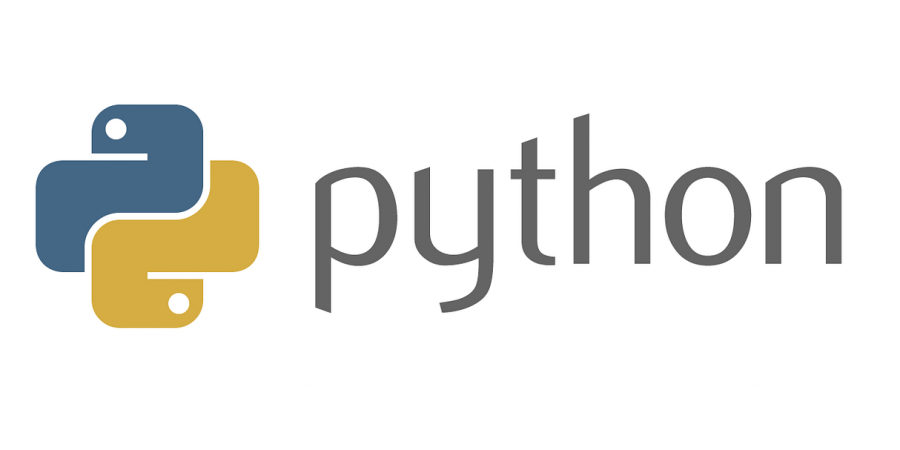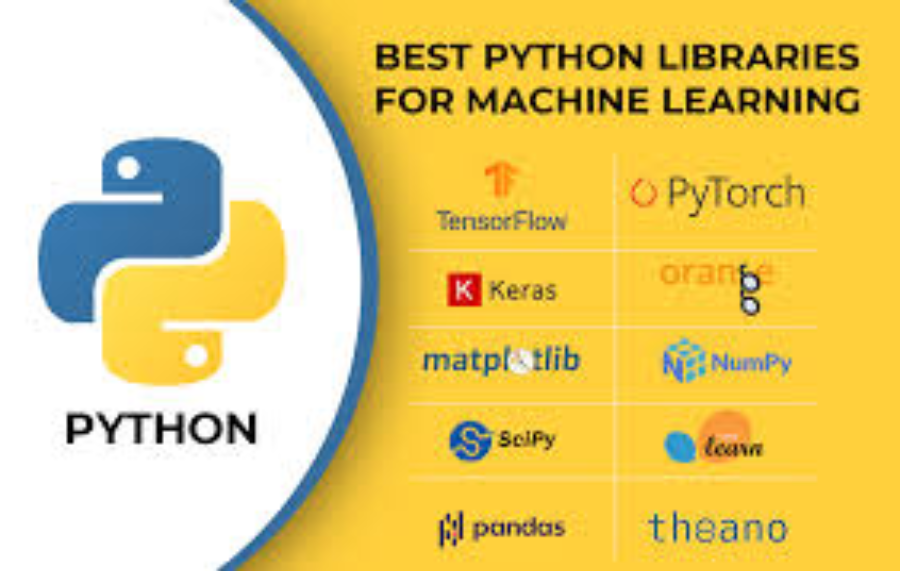


Arthur Samuel first used the phrase "machine learning" in 1959. The question "Can machines do what we as humans can do?" rather than "Can machines think?" was the fundamental premise underlying the term's coining. These inquiries gave rise to the field of machine learning, which holds that machines have an inclination to learn from experience much like people do. The goal is to get more experience and perform better. The associated terms, including artificial intelligence, machine learning, deep learning, data science, and data mining, are introduced in this chapter. The main goal is to acquaint you with machine learning methodologies and techniques. This chapter examines how each machine learning algorithm functions in order to provide a basic understanding of the ideas. The field of machine learning has advanced significantly in recent years.
trained a machine learning model under supervision
The term "supervised learning" refers to knowledge acquired by machine or model training. Predictions for fresh data, sometimes referred to as test data, can be generated after being trained.
The data that is sent to the system is used by this model. There are two types of data available: training and testing. A supervised learning model makes deductions from the training data by analyzing it. For this reason, in supervised machine learning models, mapping between the input and output pair and accurate data labeling are essential.
Utilizing previous data, comprehending its behavior, and making predictions for the future based on the historical data kept and accessible in the database are the core goals of a supervised model.
To distinguish, for instance
These methods operate using k-means clustering, singular value decomposition, nearest-neighbor mapping, and self-organizing maps.
Neural networks, or unsupervised learning, are effective at image recognition, transactional data processing, speech-to-text conversion, and natural language production.
Model of semi-supervised machine learning
Both supervised and unsupervised learning are combined in this approach. To increase learning accuracy, it uses a big amount of unlabeled data along with a limited amount of labeled data for training.
Here, all of the unlabeled data is input, and the computer uses a variety of methods, including regression, prediction, and classification. After that, it recognizes the traits and categorizes the data it has been given.
Through trial-and-error interaction with the environment, this learning model finds the optimal solution. The three main parts of reinforcement learning are the actions (what the agent can do), the environment (everything the agent interacts with), and the agent (the learner or decision maker). Here, the agent receives a point reward or penalty. The production over a specified period of time should be maximized based on the actions they do. Until the algorithm discovers the ideal procedure, actions that result in desirable outcomes are penalized and steps that create favorable outcomes are rewarded.
Therefore, learning the optimal policy to get the most rewards is the aim of reinforcement learning.
